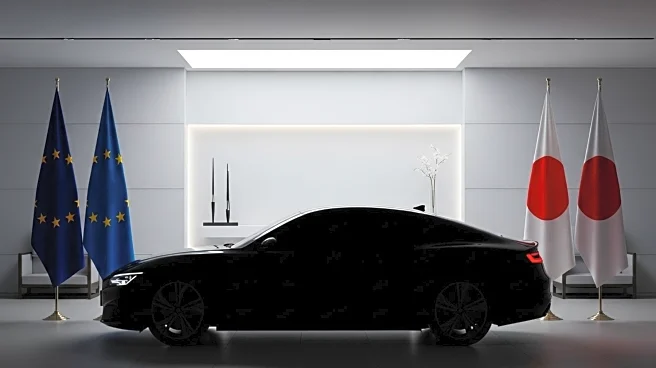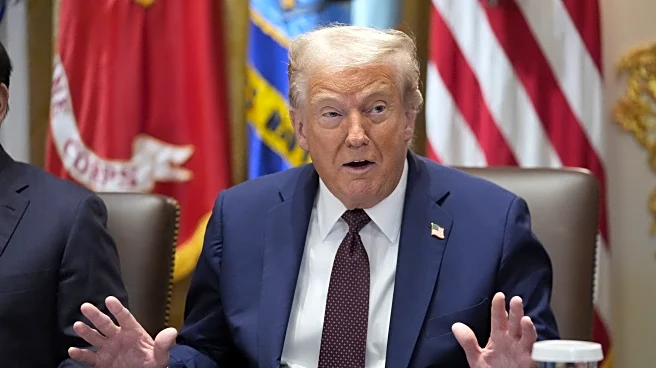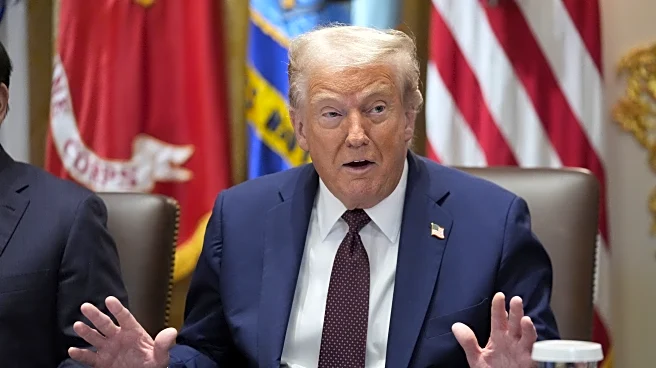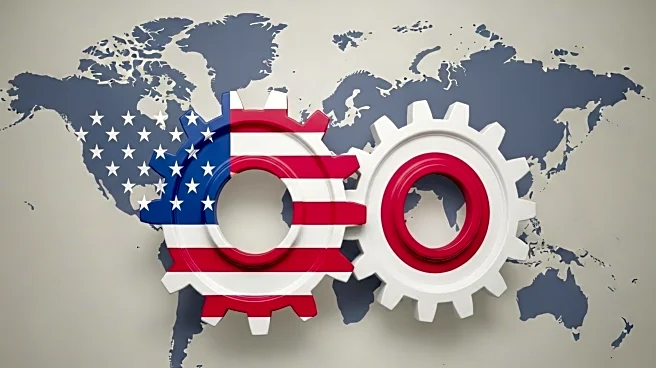What's Happening?
In July 2025, President Trump successfully negotiated new trade framework agreements with the European Union and Japan, aimed at reducing tariffs on automotive imports. The agreements will lower tariffs from 27.5% and 25% to 15%, respectively. While the terms have been criticized for their asymmetry, primarily benefiting the United States, they have brought a degree of certainty to the global automotive market. These agreements are seen as a significant step in reshaping international trade dynamics, particularly in the automotive sector.
Why It's Important?
The reduction in tariffs is expected to have a substantial impact on the automotive industry, potentially increasing the competitiveness of U.S. automotive exports. This move could lead to increased production and job creation within the U.S. automotive sector. However, the asymmetrical nature of the agreements has raised concerns among international trade experts, who argue that it may lead to trade imbalances. The agreements also reflect a shift towards less globalized trade practices, which could influence future negotiations and economic policies.
What's Next?
The implementation of these agreements will likely prompt reactions from major automotive manufacturers and trade organizations. Companies may need to adjust their strategies to align with the new tariff structures. Additionally, other countries might seek similar agreements with the U.S., potentially leading to further changes in global trade policies. Monitoring the long-term effects on the automotive industry and international trade relations will be crucial.












